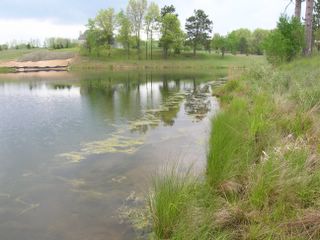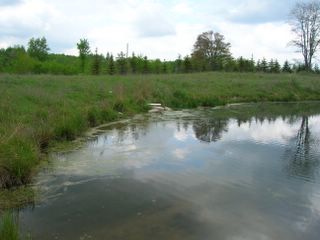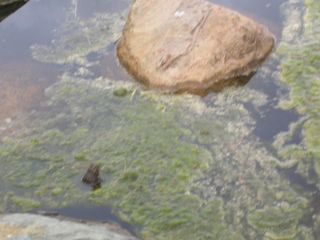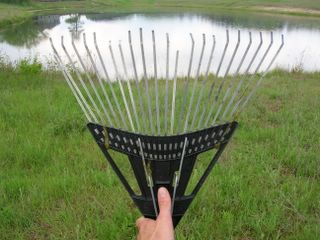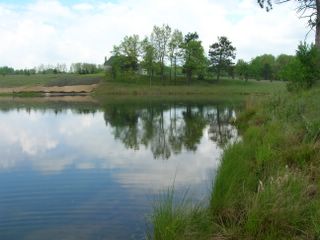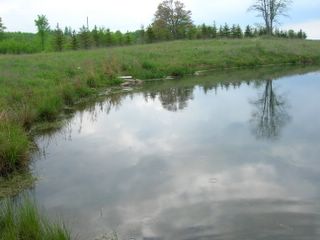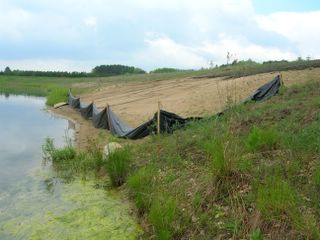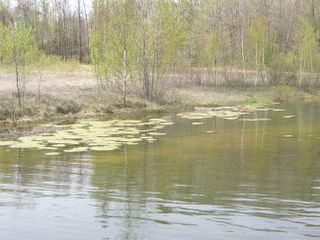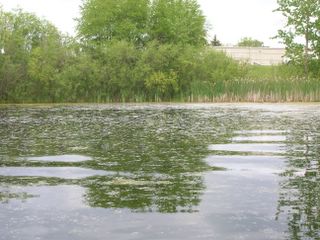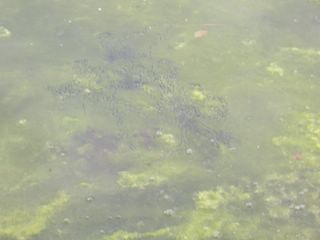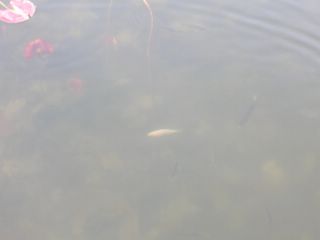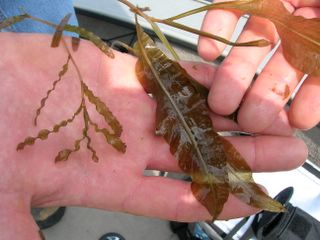Rush Lake: An Aquatic Ecosystem in its Infancy
Rush Lake is a new (<5 style=""> Three houses now occupy the fairly steep sloping shoreline. Earlier this spring, we stocked the lake with Golden Shiners, the first fish ever to inhabit the lake. Currently the lake has no vascular aquatic plants and very little Chara. There is nothing to take up nutrients but ubiquitous filamentous algae. Most natural lakes in MI have had thousands of years to develop diverse and balanced ecosystems. As we have discussed at length, in-lake phosphorus concentrations above just 10 parts per billion can stimulate plant and algae growth. In a healthy diverse lake the native aquatic plants will quickly take up the small amount of natural nutrient inputs (terrestrial plant debris/leaves, suspended sediments from inlets…) with little to no visible changes to the plant/algae community. When I got a call to come out and check on Rush Lake last week, I was concerned. The last time I was out to look at Rush was a few weeks before. Before the prolonged and intense rains and sunshine that wash nutrients into a lake and give rise to algal blooms. What I observed when I arrived is detailed in the photos below.
